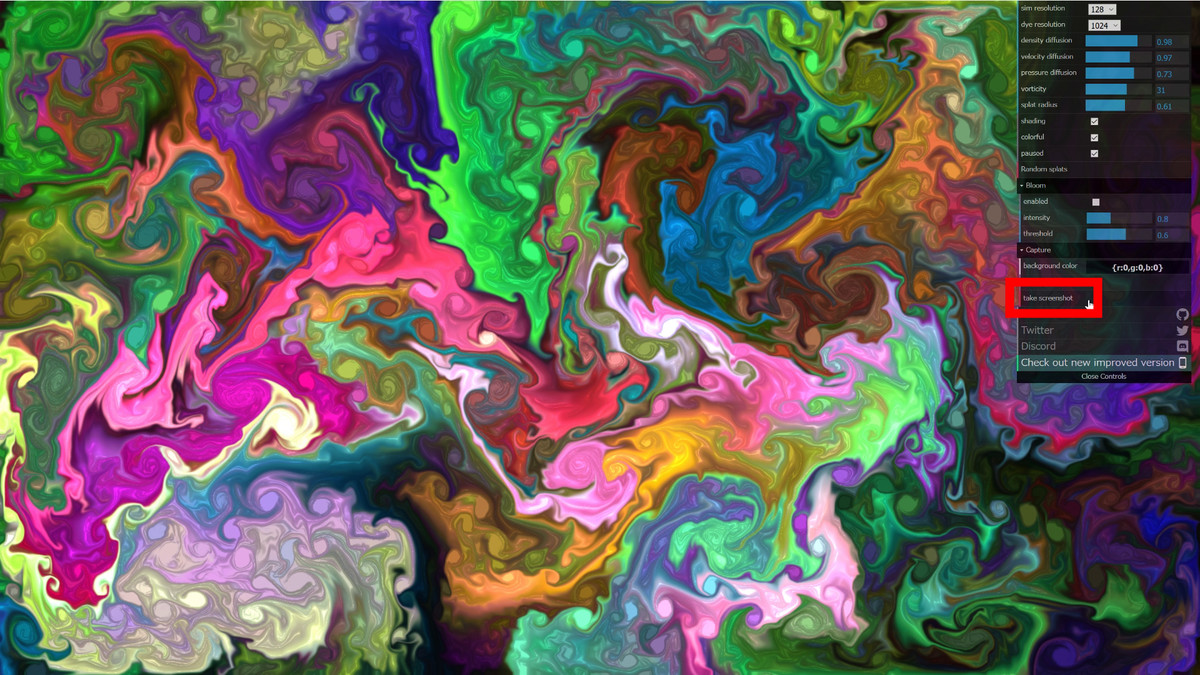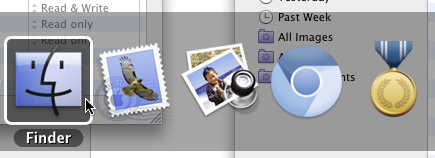
- #Fluid app default browser for mac os x
- #Fluid app default browser mac os x
- #Fluid app default browser mac os
- #Fluid app default browser code
#Fluid app default browser mac os
Safari 2.0.4 was the last version to be released exclusively on Mac OS X. This version addresses layout and CPU usage issues, among others.
#Fluid app default browser mac os x
It was only available as part of Mac OS X Update 10.4.4. The final stable version of Safari 2, Safari 2.0.4, was released on Janufor Mac OS X.
#Fluid app default browser code
The source code for non-renderer aspects of the browser, such as its GUI elements, remains proprietary.

WebKit itself was also released as open source. In June 2005, after some criticism from KHTML developers over lack of access to change logs, Apple moved the development source code and bug tracking of WebCore and JavaScriptCore to. Apple eventually released version 2.0.2 of Safari, which included the modifications required to pass Acid2, on October 31, 2005. The necessary changes were not initially available to end-users unless they downloaded and compiled the WebKit source code themselves or ran one of the nightly automated builds available at. This version was touted by Apple as possessing a 1.8x speed boost over version 1.2.4, but did not yet include the Acid2 bug fixes. Safari 2.0 was released on Apas the only web browser included with Mac OS X v10.4. On April 27, 2005, he announced that his development version of Safari now passed the test, making it the first web browser to do so. In April 2005, Dave Hyatt, one of the Safari developers at Apple, documented his study by fixing specific bugs in Safari, thereby enabling it to pass the Acid2 test developed by the Web Standards Project. However, 10.3 received security updates through 2007. 1.0.3, released on Augwas the last version to support Mac OS X v10.2, while 1.3.2, released on Januwas the last version to support Mac OS X v10.3.
#Fluid app default browser for mac os x
Initially only available as a separate download for Mac OS X v10.2, it was included with the Mac OS X v10.3 release on Octoas the default browser, with Internet Explorer for Mac included only as an alternative browser. A number of official and unofficial beta versions followed, until version 1.0 was released on June 23, 2003. Apple released the first beta version for OS X that day.

It was based on Apple's internal fork of the KHTML rendering engine, called WebKit. On January 7, 2003, at Macworld San Francisco, Steve Jobs announced that Apple had developed their own web browser, called Safari. Microsoft ultimately released a Mac OS X edition of Internet Explorer for Mac, which was included as the default browser in all Mac OS X releases from Mac OS X DP4 up to and including Mac OS X v10.2. During that time, Microsoft released three major versions of Internet Explorer for Mac that were bundled with Mac OS 8 and Mac OS 9, though Apple continued to include Netscape Navigator as an alternative. Internet Explorer for Mac was later included as the default web browser for Mac OS 8.1 and onwards, as part of a five year agreement between Apple and Microsoft. Until 1997, Apple Macintosh computers were shipped with the Netscape Navigator and Cyberdog web browsers only.

Īccording to Net Applications, Safari accounted for 62.17 percent of mobile web browsing traffic and 5.43 percent of desktop traffic in October 2011, giving a combined market share of 8.72 percent. Safari 5.1.7 is the last version available for Windows PC. A version of Safari for the Microsoft Windows operating system was first released on June 11, 2007, and supported Windows XP Service Pack 2/3, Windows Vista, and Windows 7, but it is no longer promoted or updated. Safari is also the native browser for iOS. First released as a public beta on Janu on the company's OS X operating system, it became Apple's default browser beginning with Mac OS X v10.3 "Panther". and included with the Mac OS X and iOS operating systems. Safari is a web browser developed by Apple Inc.


 0 kommentar(er)
0 kommentar(er)
